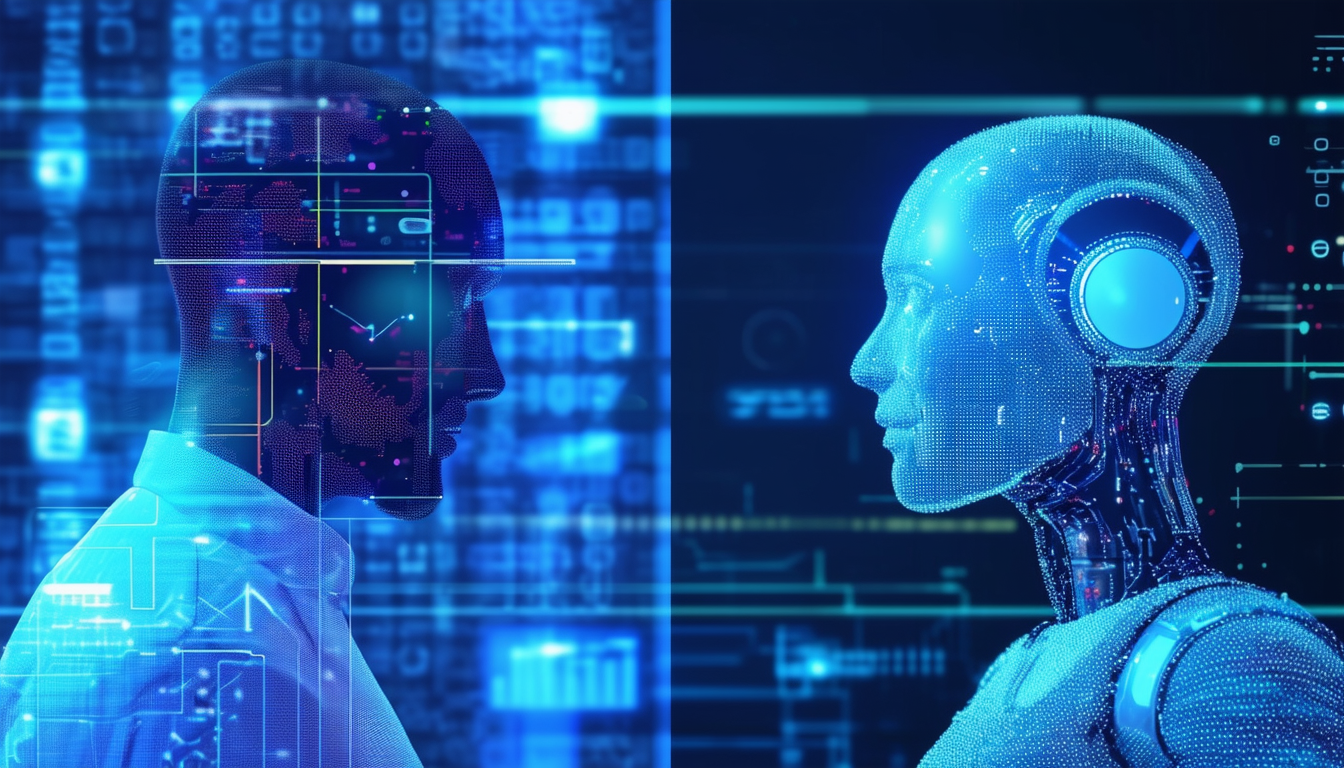The Pros and Cons of Machine Translation
 Chris Thomas
·
1 minute read
Chris Thomas
·
1 minute read
(2).png?width=800&height=400&name=New%20Social%20Media%20Due%20Diligence%20-%20Blog%20Hero%20(1200%20x%20600%20px)(2).png)
In our increasingly globalised world, effective communication across language barriers is essential. Machine translation has emerged as a valuable tool, offering the promise of seamless language conversion. However, like any technological advancement, it comes with its own set of advantages and limitations. In this article, we will explore the pros and cons of machine translation.
Pros of Machine Translation
- Accessibility and Speed: Machine translation provides instant access to information in different languages, making it a valuable tool for individuals and businesses alike. It allows users to quickly translate vast amounts of content, reducing time constraints and enabling global communication on a real-time basis.
- Cost-Effectiveness: Hiring human translators can be expensive, especially for large-scale translation projects. Machine translation offers a cost-effective alternative, eliminating the need for human translators and reducing overall expenses. This advantage makes it an attractive option for businesses operating on tight budgets.
- Increased Efficiency: With machine translation, organisations can handle a higher volume of translation tasks in a shorter time span. Automated processes streamline the workflow and free up human resources for other essential tasks, increasing overall productivity.
Cons of Machine Translation
- Accuracy and Quality: Despite advancements, machine translation systems still struggle with accuracy and nuances of language. They often produce translations that lack context, idiomatic expressions, and cultural subtleties. This limitation can lead to misinterpretation, errors, and potential misunderstandings, especially insensitive or complex situations.
- Language Complexity: Some languages, such as those with complex grammar structures or ambiguous meanings, pose challenges for machine translation. Translating languages that rely heavily on context or employ idiomatic expressions can result in inaccurate or nonsensical translations. Additionally, technical jargon or industry-specific terminology may not be accurately translated, affecting the precision of the final output.
- Cultural Sensitivity: Machine translation algorithms are unable to fully comprehend cultural nuances and sensitivities. This can result in unintended consequences, including offensive or inappropriate translations. Understanding the cultural context is crucial, and human translators are better equipped to handle these delicate situations.
Conclusion
Machine translation has revolutionised the way we communicate across language barriers, offering accessibility, speed, and cost-effectiveness. However, it is essential to acknowledge its limitations in terms of accuracy, language complexity, and cultural sensitivity.
While machine translation serves as a valuable tool for quick and basic translations, human expertise remains crucial for more nuanced and accurate interpretations.
Striking a balance between machine translation and human intervention can help us harness the benefits of automation while ensuring high-quality, culturally appropriate translations in an increasingly connected world.











.png)
.png)
